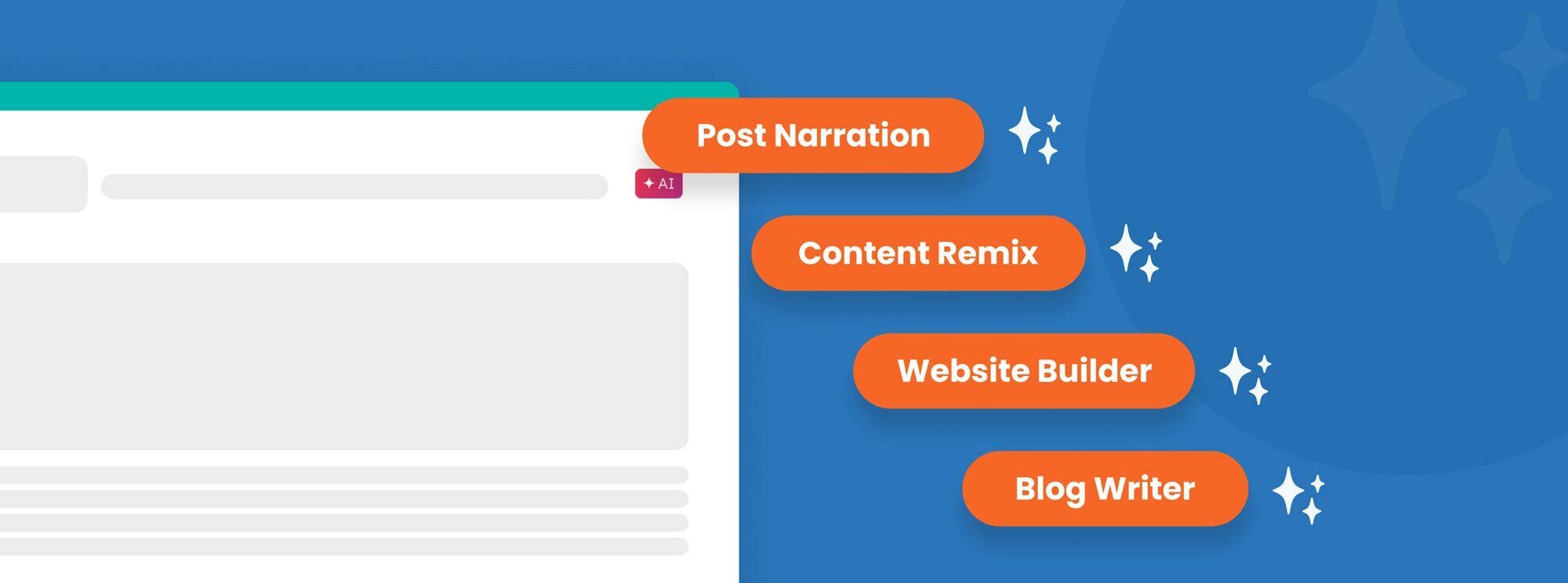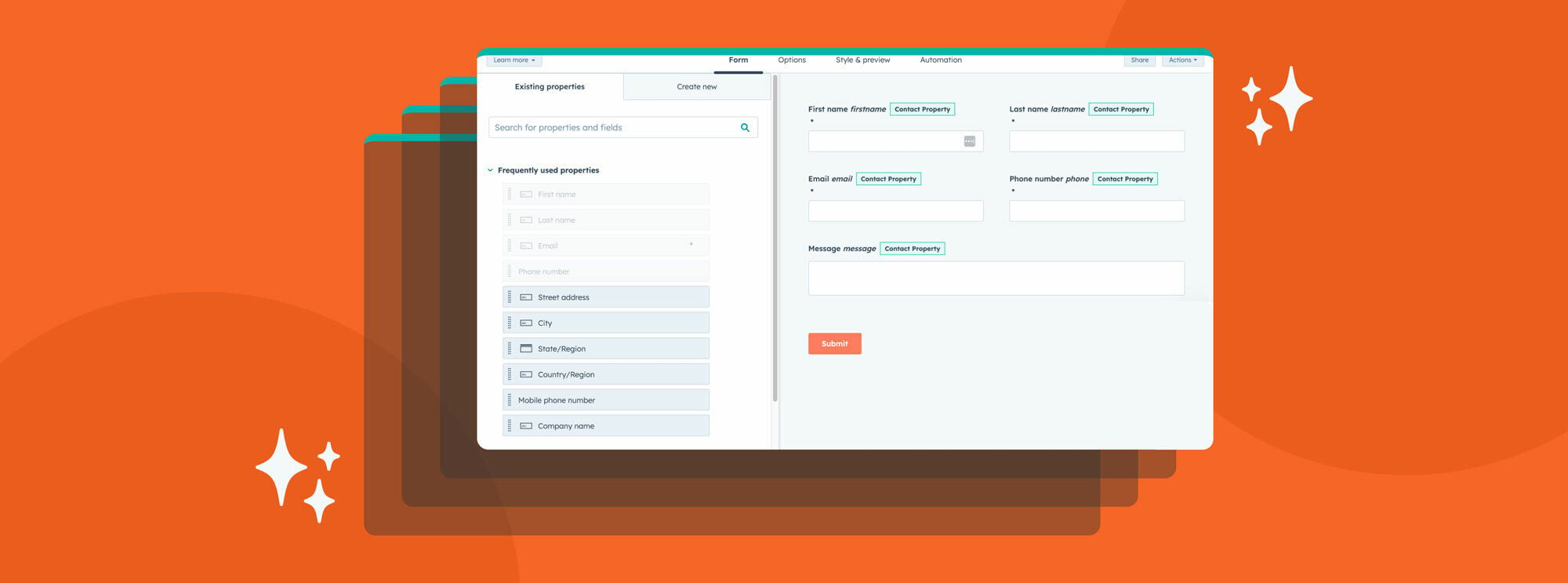Early last year, HubSpot launched its new partitioning feature, making it even easier to organize data and help teams work more efficiently. The tool can be utilized across HubSpot’s entire suite*, including the Marketing, Sales, Service, and CMS hubs.
HubSpot partitioning allows you to create silos within the same account so that team members are only able to see and/or change the information relevant to their work. This can be convenient if, for example, your company has multiple products that different teams are responsible for.
Think of partitioning as another way to organize all your data and documents. This tool allows you to change settings so only specific teams or individuals can access specific items. This way, if you have multiple teams working in the same account, they aren’t going in and accidentally deleting, sending, or breaking something before it’s ready to go out into the world.
You can use partitioning for the vast majority of HubSpot’s tools, like:
- CRM records
- CRM views
- Conversations inbox
- Dashboards
- Deal and ticket pipelines
- Documents, playbooks, sequences, and sales templates
- Domains
- Blogs
- Landing pages
- Properties
- Record sidebars
- Reports
- Lists (BETA)
- Email subscriptions (BETA)
- Workflows
- Campaigns
- Forms
- CTAs
With HubSpot partitioning, you can help streamline your operations and ensure your teams are working as efficiently as possible. So let’s start diving into how you can use partitioning for your business.
Table of contents
- How are HubSpot permissions different from HubSpot partitioning?
- When to use HubSpot partitioning
- The drawbacks of HubSpot partitioning
How are HubSpot permissions different from HubSpot partitioning?
This might be the first thing you’re asking yourself when you hear about partitioning, and we’re glad you asked. In general terms, permissions are based on the specific tool you’re granting access to within your HubSpot account. For instance, you could grant permissions enabling users to view emails or forms, etc., but they may not be allowed to edit them. On the other hand, partitioning is based on the asset, giving you the ability to set access rights to a specific team. If the particular team doesn’t apply to the emails and forms you’re working with on a specific project, they won’t be able to see them at all, given the vantage point you’ve defined in the HubSpot platform.
That being said, partitioning does pair nicely with user permissions. We shared the how-tos and best practices on setting the latter up on our blog; you can read more about that here.
When to use HubSpot partitioning
A perfect example of using partitioning can be seen when sending out email updates. Pretend you’re a business with multiple unrelated brand or product teams, and you’ve partitioned your account so that teams only have access to contacts for their specific focus.
One team is looking to set up an email to let customers know about a new update to their product and create a list with filters that will send the email to those who have opted in to receive product updates. Though there may be customers managed by other teams who meet these criteria, this email will only be sent to those that the sending team has access to. This, in turn, also saves your team time since they won’t have to go through the entire database and manually pick the contacts they want to send the email to.
To learn more, check out this HubSpot Knowledge Base article once you’re ready to set it up.
Common ways a business might structure their HubSpot account include partitioning by:
- Brand
- Market
- Product
- Franchise
Partitioning allows those accessing a business HubSpot account to be spared a lot of clutter consisting of items they’ll never need to use or access (but are still vital to the needs of other teams within the organization). By default, when you create new assets in your HubSpot account, they are accessible to all users with proper account permissions attributed to them. Partitioning is a great way to segment these assets at the outset and assign access to the applicable team or teams that will need this new asset as part of their work.
The drawbacks of HubSpot partitioning
While generally viewed as a convenient tool, there are some limitations to HubSpot partitioning. It works best primarily for businesses with multiple brands under one umbrella rather than two siloed entities (such as a non-profit wing, for example).
A big frustration point for many users is that it is impossible to separate data out for your different brands on certain reports within your custom dashboards. This means that if your brands have separate websites and you’re running your tracking code on a few of them, your dashboards will get muddied up with data from both places with no way to separate them out. While this may work for some, for many it’s a deal-breaker.
While HubSpot’s partitioning tool is great for certain use cases and allows enhanced separation of assets within your account, the feature still has a way to go before it is truly perfected and considered a viable option for all businesses. However, HubSpot’s product team is actively working on updates for this functionality, and we expect the current shortcomings of the feature to be addressed shortly. Stay tuned!
Have more questions about HubSpot partitioning or your account in general? As diamond solutions partners, we’re happy to help you get the most out of your account. Don’t hesitate to reach out!
*It’s worth noting that specific assets you can partition are subject to your HubSpot subscription level. Here’s a solid representation of what you can expect.






